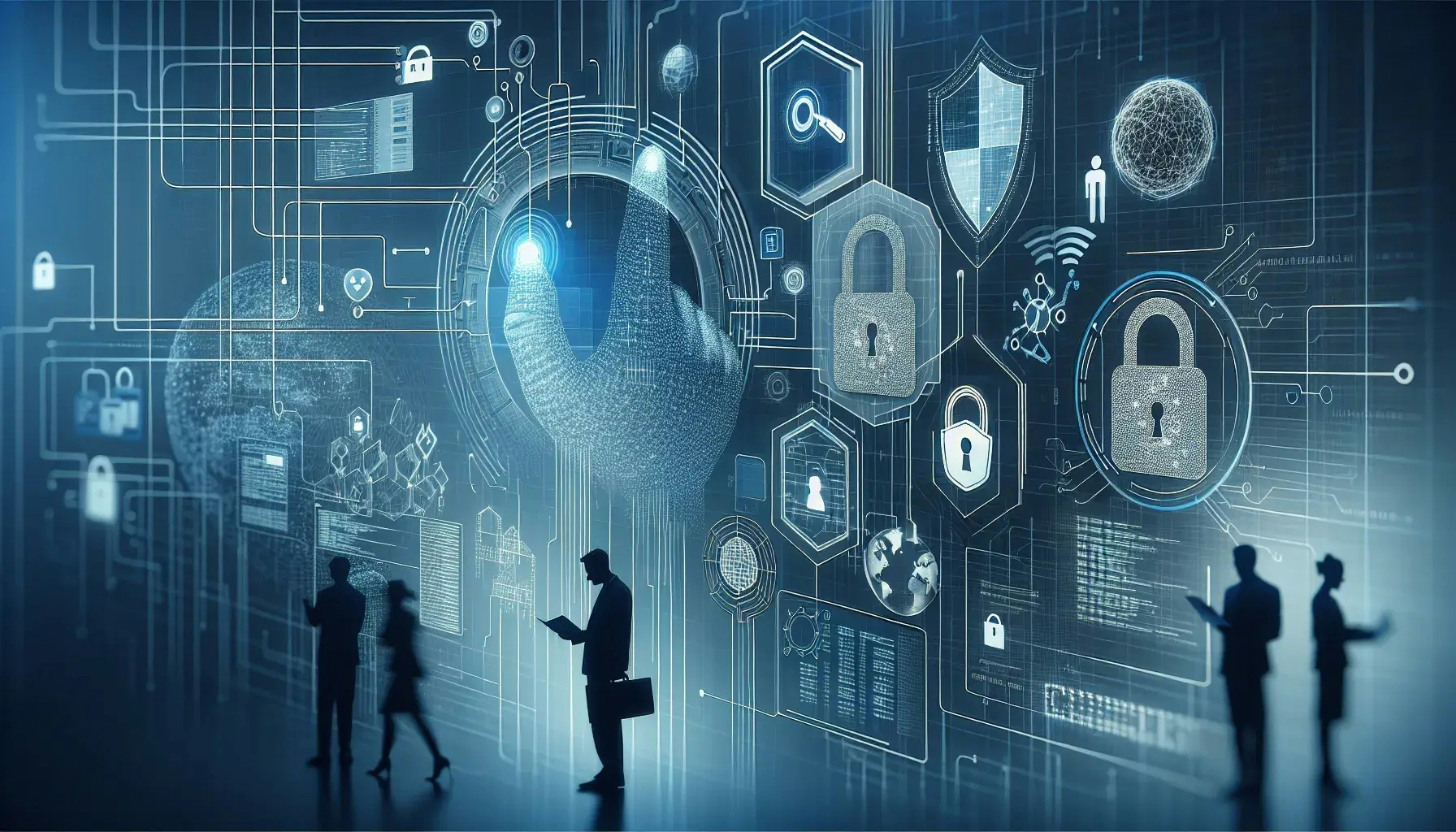Best Practices for Enterprise Cybersecurity Management
ITAdvice.io

In the digital age, enterprise cybersecurity management has become a crucial aspect of business operations. This blog post will delve into the best practices for managing cybersecurity in an enterprise setting. We'll explore various strategies, from risk assessment to employee training, that can fortify your organization's digital defenses. The objective is to provide you with a comprehensive guide to bolstering your cybersecurity framework and mitigating potential threats.
Understanding the Importance of Cybersecurity in Enterprises
Cybersecurity is no longer a luxury or an afterthought in the business world. It has become a necessity. Companies, regardless of their size or industry, are potential targets for cybercriminals. The consequences of a cyberattack can be devastating, leading to financial losses, reputational damage, and even legal repercussions.
The first step in improving enterprise cybersecurity management is understanding its importance. Cyber threats are evolving at an alarming rate, with new forms of malware and sophisticated hacking techniques emerging regularly. Enterprises must stay ahead of these threats to protect their valuable data and maintain their customers' trust.
Moreover, regulatory bodies worldwide are imposing stricter cybersecurity requirements on businesses. Non-compliance can result in hefty fines and penalties, further emphasizing the need for robust cybersecurity practices.
Risk Assessment: The Foundation of Cybersecurity Management
Risk assessment forms the backbone of any cybersecurity management plan. It involves identifying potential threats, assessing their impact, and devising strategies to mitigate them.
Start by cataloging all your digital assets, including hardware, software, data, and network infrastructure. Each asset carries a certain level of risk, depending on its value and vulnerability to cyber threats.
Next, identify potential threats to these assets. These could range from phishing attacks to data breaches. Understanding the nature of these threats will help you devise effective countermeasures.
Finally, assess the potential impact of each threat. This involves considering factors like the sensitivity of the data at risk, the potential financial loss, and the potential damage to your company's reputation.
Implementing a Robust Cybersecurity Framework
Once you've conducted a thorough risk assessment, the next step is to implement a robust cybersecurity framework. This framework should provide a structured approach to managing cybersecurity risks.
A good cybersecurity framework includes guidelines for identifying and protecting assets, detecting and responding to threats, and recovering from cyber incidents. It should also include provisions for regular audits and updates to keep up with evolving threats.
Remember, a cybersecurity framework is not a one-size-fits-all solution. It should be tailored to your company's specific needs and risk profile.
Employee Training: A Crucial Aspect of Cybersecurity Management
Employees often serve as the first line of defense against cyber threats. However, they can also be the weakest link if they lack proper training.
A comprehensive employee training program should cover various aspects of cybersecurity, from recognizing phishing emails to using secure passwords. It should also emphasize the importance of following company policies and reporting any suspicious activity.
Regular training sessions can help keep employees updated on the latest threats and countermeasures. Remember, cybersecurity is a shared responsibility, and everyone in the organization has a role to play.
The Role of Technology in Cybersecurity Management
Technology plays a crucial role in enterprise cybersecurity management. From firewalls to encryption tools, various technologies can help protect your digital assets.
Invest in reliable security software that can detect and neutralize threats in real-time. Regularly update your software to protect against the latest threats.
Consider using encryption to protect sensitive data, both at rest and in transit. Encryption converts data into a code that can only be deciphered with a specific key, making it useless to unauthorized users.
Also, consider using multi-factor authentication (MFA) for added security. MFA requires users to provide two or more verification factors to gain access, making it harder for cybercriminals to breach your systems.
Continuous Monitoring and Improvement
Cybersecurity is not a one-time effort. It requires continuous monitoring and improvement to stay ahead of evolving threats.
Regularly review your cybersecurity practices and update them as needed. Conduct periodic audits to identify any gaps or weaknesses in your cybersecurity framework.
Also, stay informed about the latest cybersecurity trends and threats. This can help you anticipate and prepare for potential threats before they materialize.
Securing Your Enterprise in the Digital Age
In conclusion, effective enterprise cybersecurity management requires a comprehensive, proactive approach. From conducting thorough risk assessments to implementing robust cybersecurity frameworks, every step plays a crucial role in protecting your digital assets. Remember, cybersecurity is a continuous effort that requires constant vigilance and improvement. By following these best practices, you can fortify your enterprise's defenses and navigate the digital landscape with confidence.